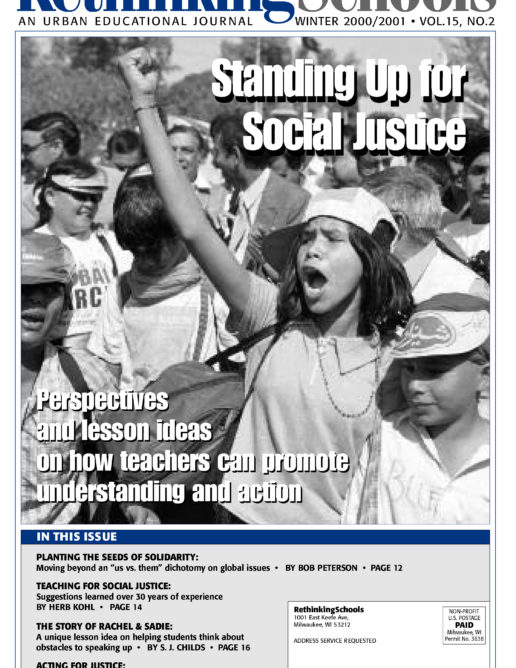Preview of Article:
Bilingual Education Works
Bilingual education is generally misunderstood - even though people appear to understand many of its underlying principles.
Similar controversy has arisen over recent reports from New York City. The New York Board of Education recently issued a report on the progress of English language learners that has been interpreted by many as evidence against bilingual education. A casual look appears to show that English-only has the edge: According to the report, for those entering in kindergarten, 84% of those in English-only “exited” (acquired enough English to enter the mainstream) within three years, while 73% of those in bilingual education did so.
One cannot conclude from these results that bilingual education did worse than English-only. As the authors of the study repeatedly note, there was no control for confounding factors. Most important is the effect of poverty. Students in bilingual education are more likely to be of lower socio-economic status than students in English-only programs (NCES, 1993). This tendency has been confirmed for New York City by Luis Reyes, a former member of the board of education in New York.
In commenting on a 1994 report from New York City, Reyes noted that “there were a number of middle class students in the ESL program who came from countries that were more developed …. kids in the bilingual program came from where they hadn’t had full schooling (in Hennelly, 1995).
Children who come to the United States with more education in their home country have several important advantages. In addition to having basic food, housing, and health needs adequately met, they live in a more print rich environment, which has a tremendous impact on school success (Krashen, 1993; McQuillan, 1998). Also, many older children from privileged backgrounds have actually had “de facto” bilingual education, that is, substantial literacy development and subject matter learning in their own language before arriving in the United States. Interestingly, the Board of Education also found that those who entered with greater competence in their first language exited more quickly than those with less. This is strong evidence for the positive impact of first language development.
It is also interesting to compare the results of the 1994 study and the recent report: For those entering at kindergarten in 1994, 79% of all English-only students were exited after three years. In the recent report, it is 84%. In 1994, for bilingual education, 42% were exited after three years. In the recent report, it is 73%. This is an amazing improvement, and is counter to claims that children typically “languish” in bilingual programs for years.

